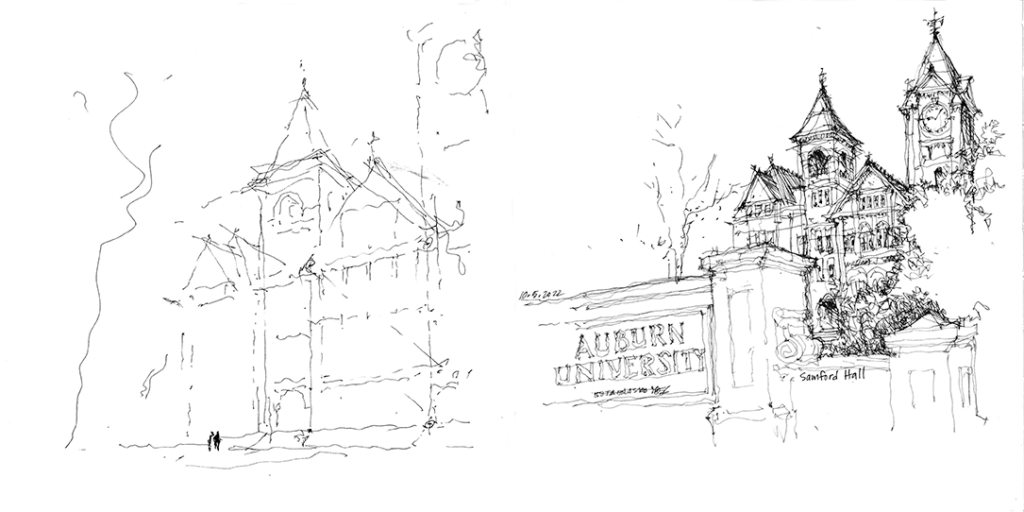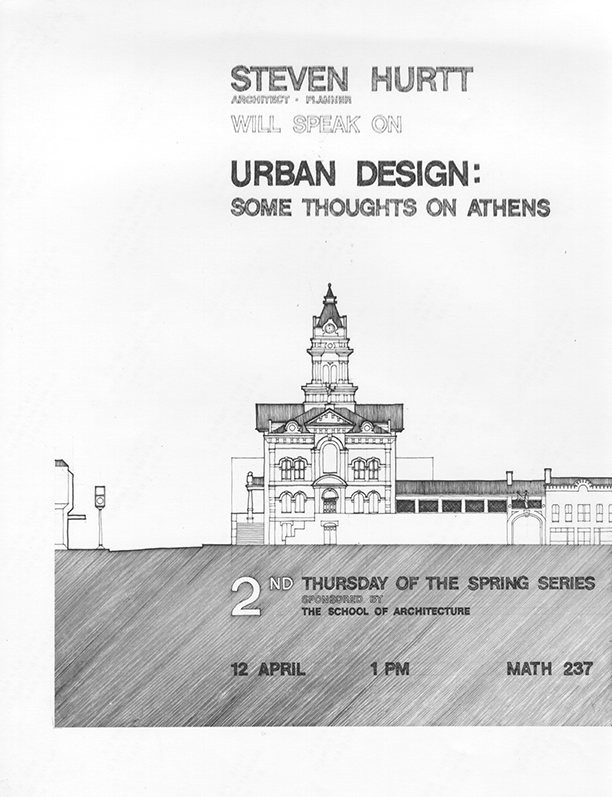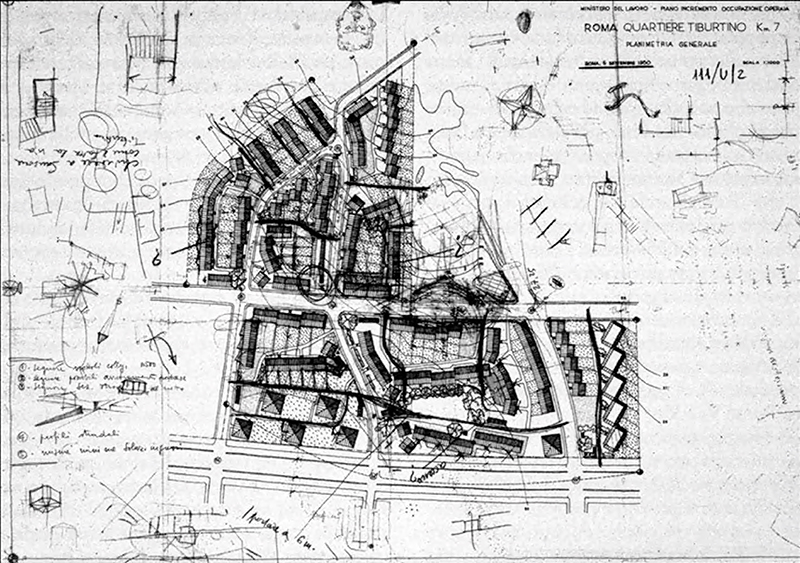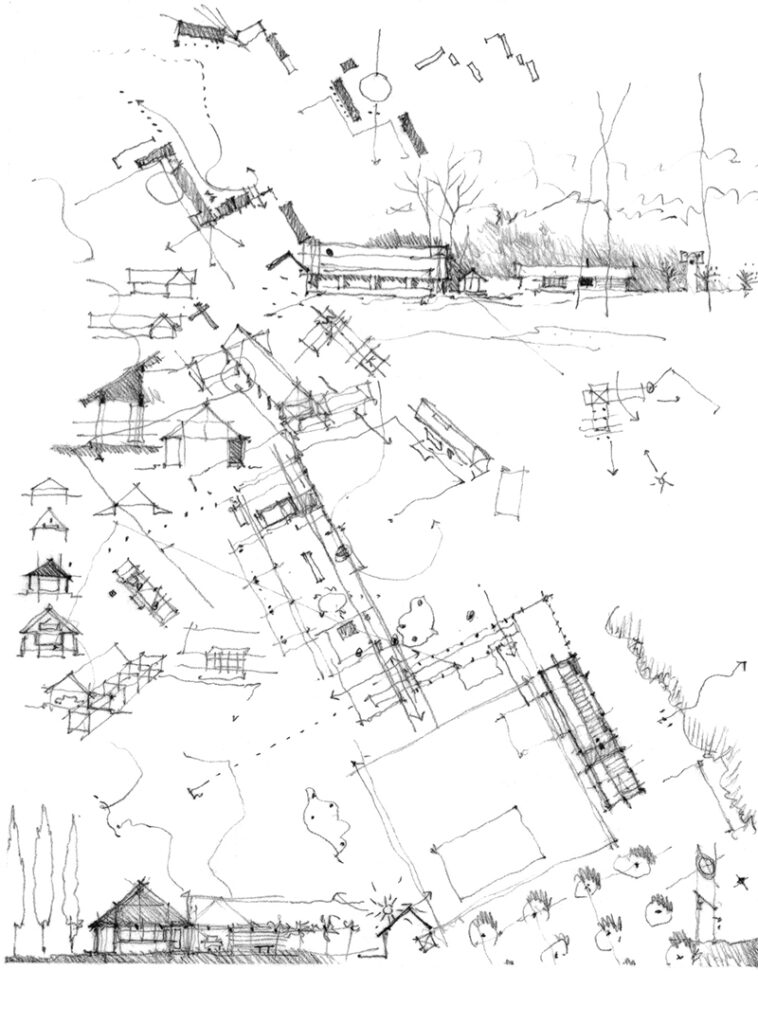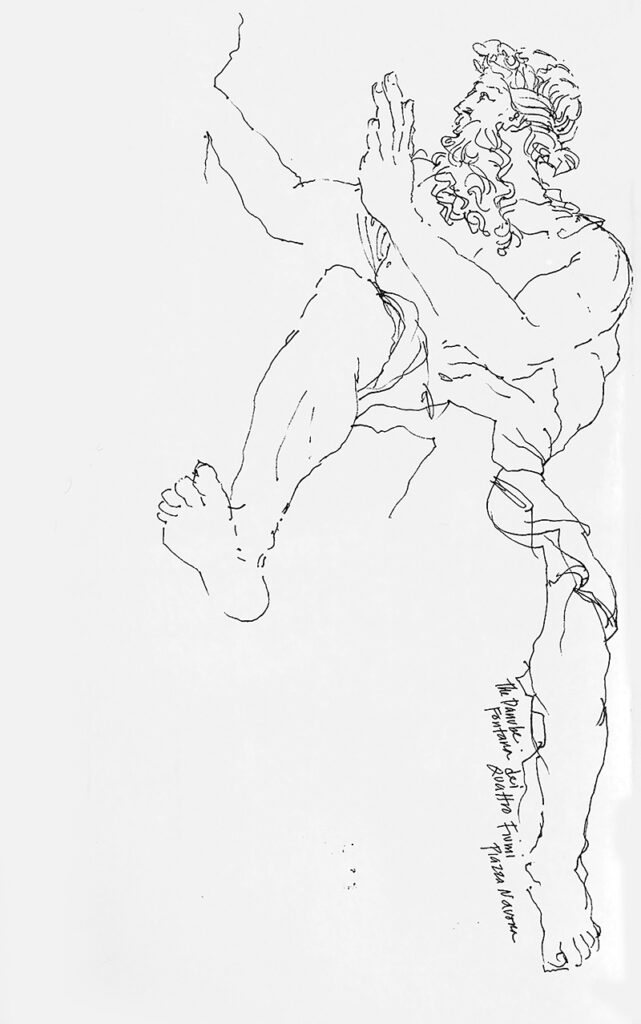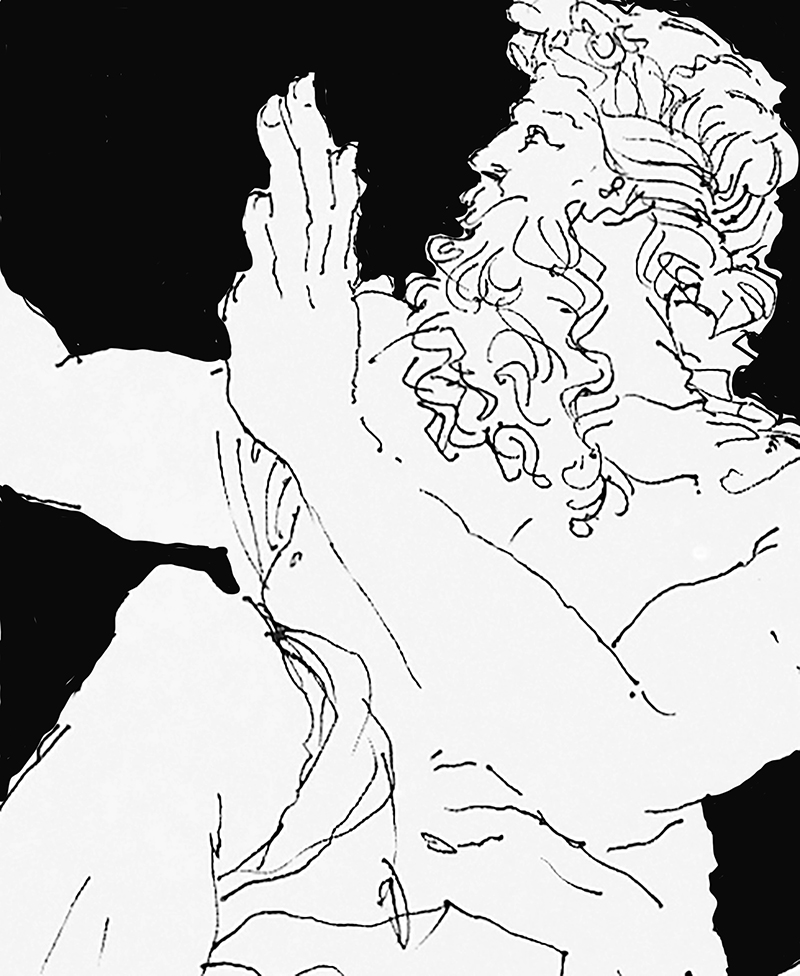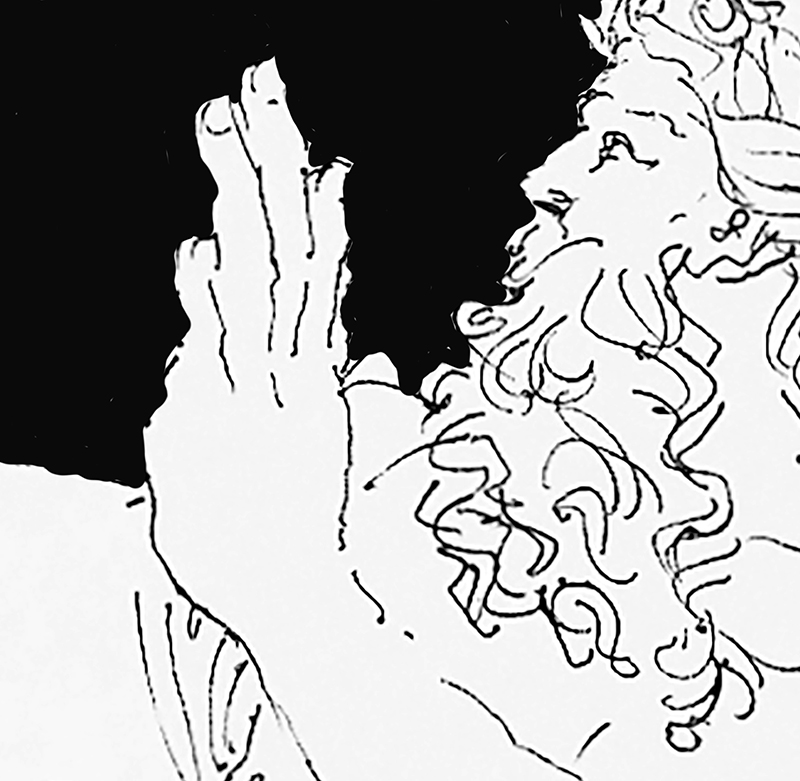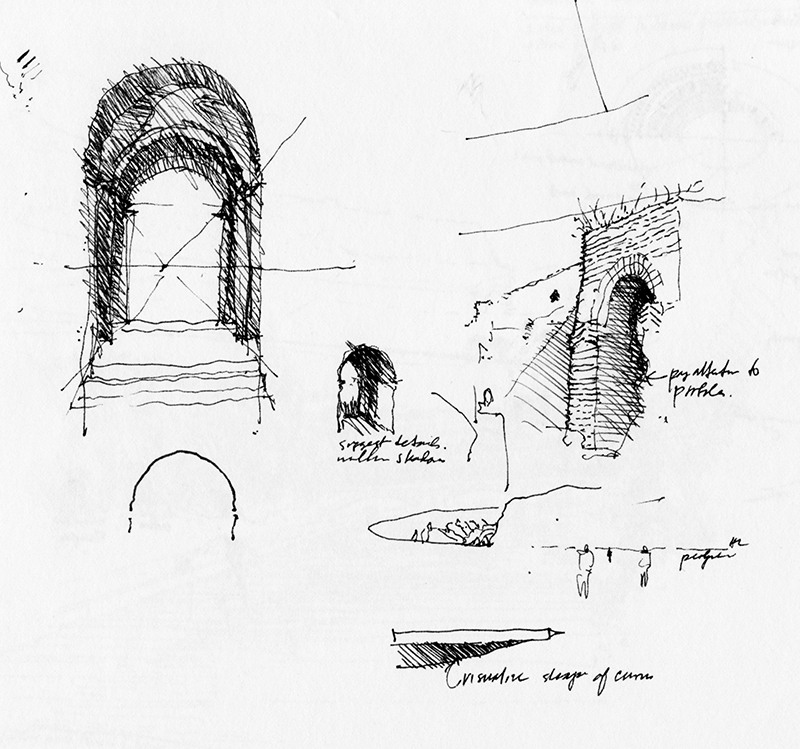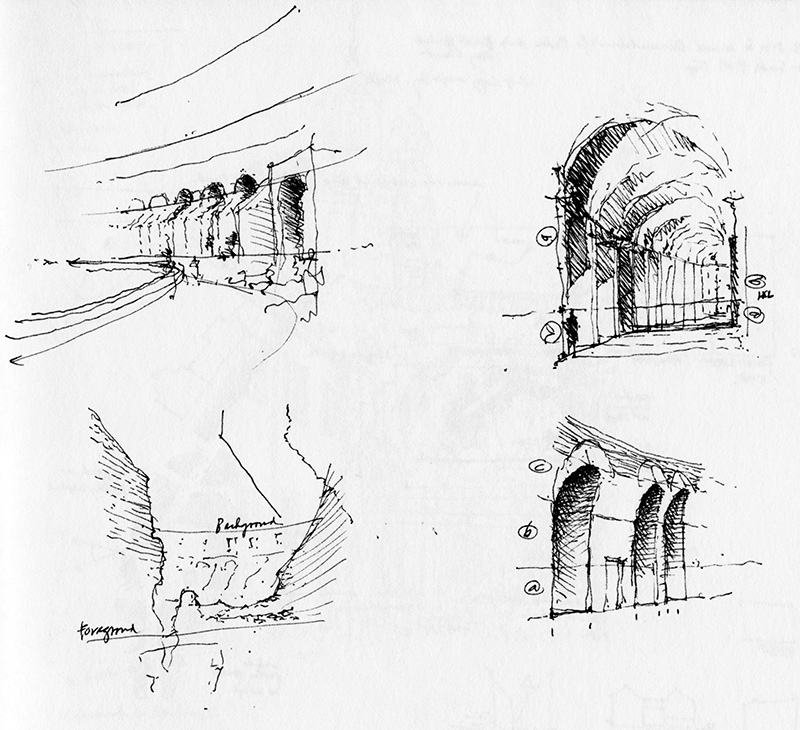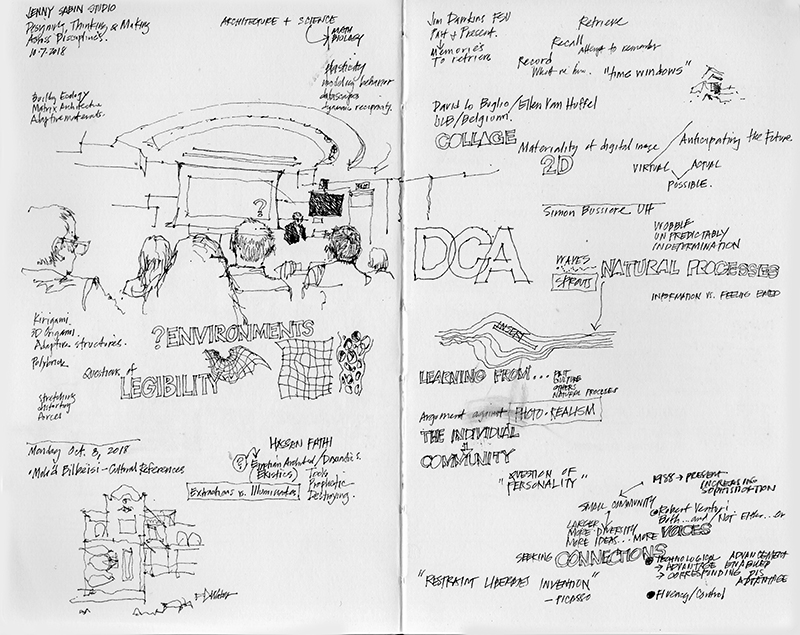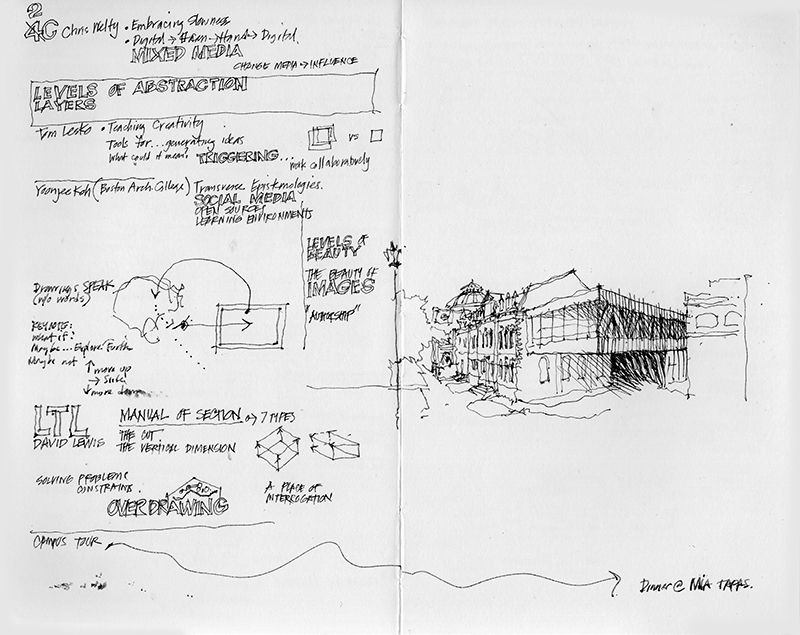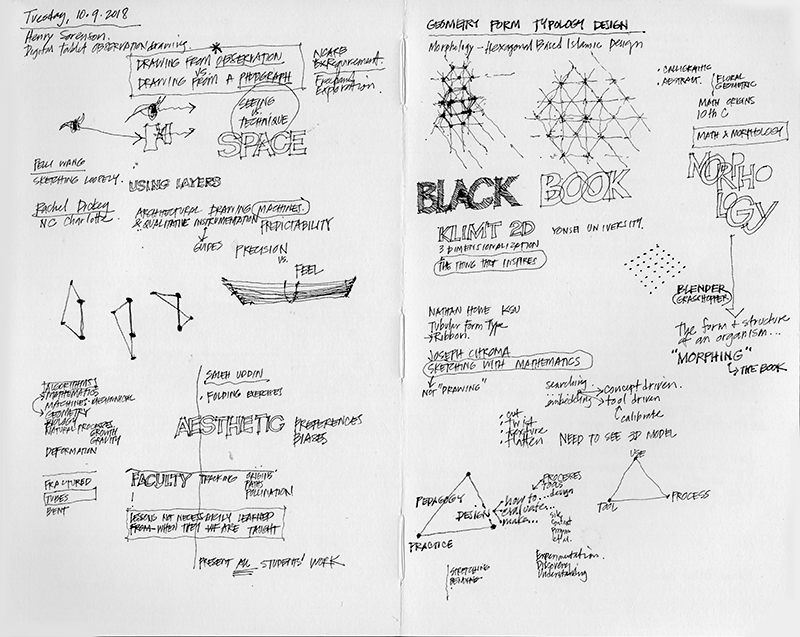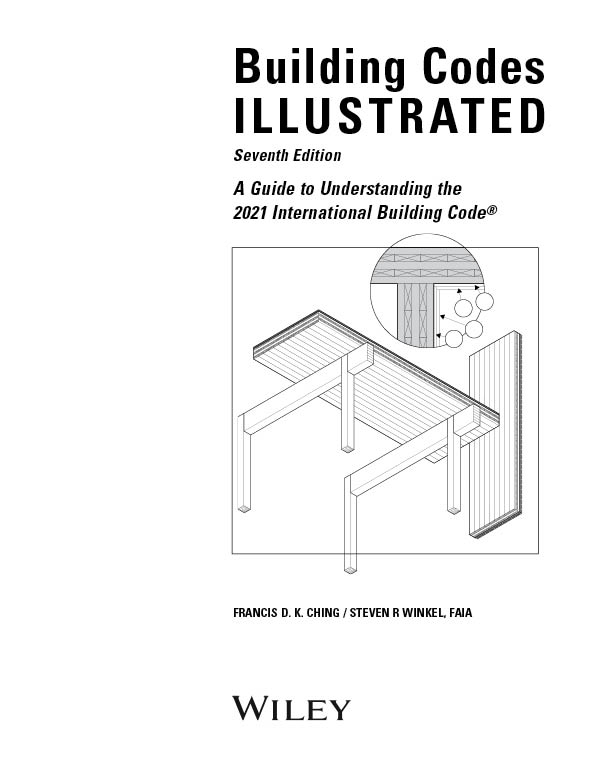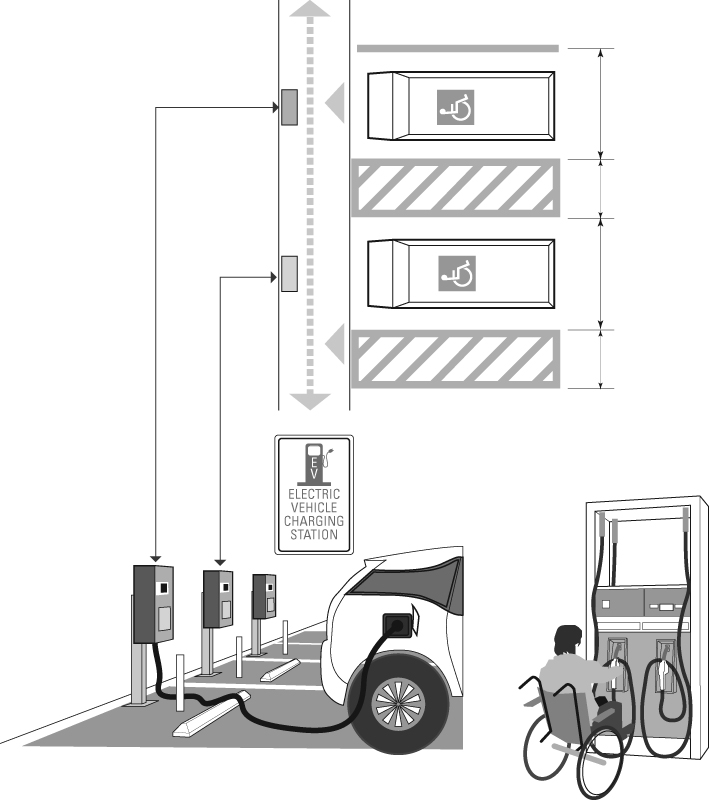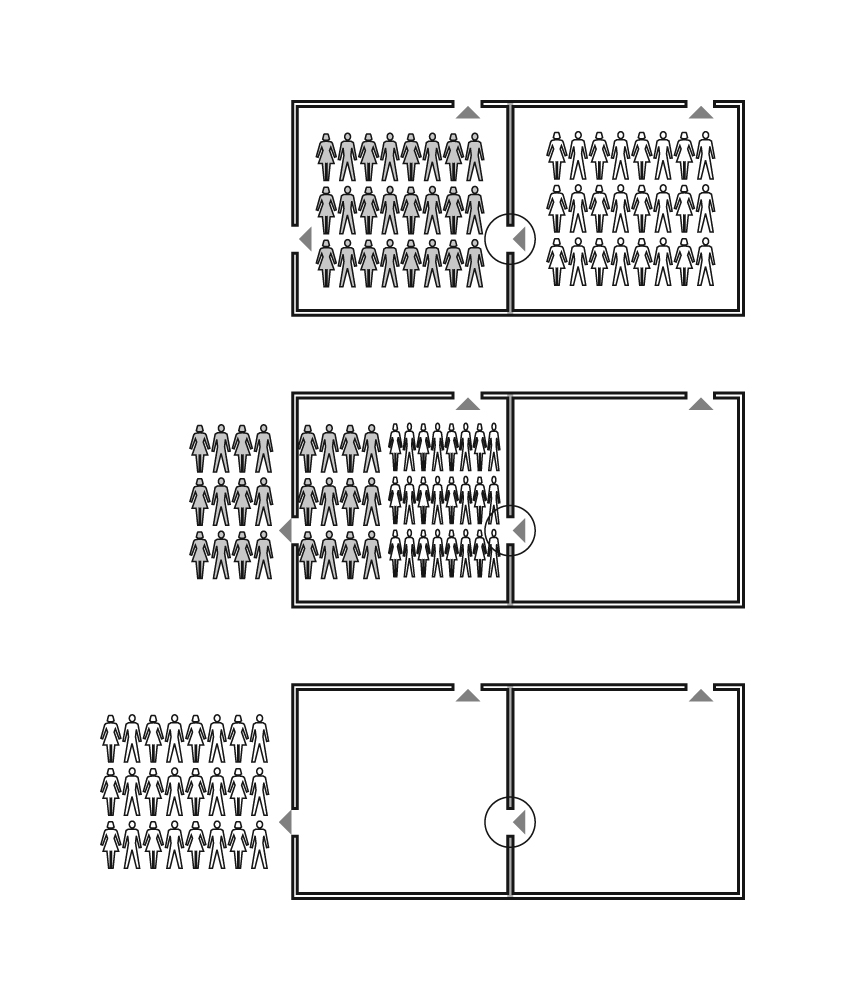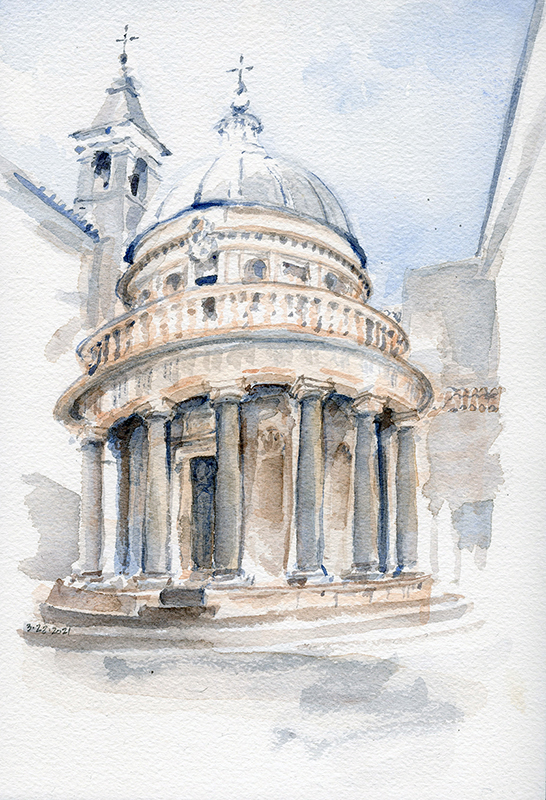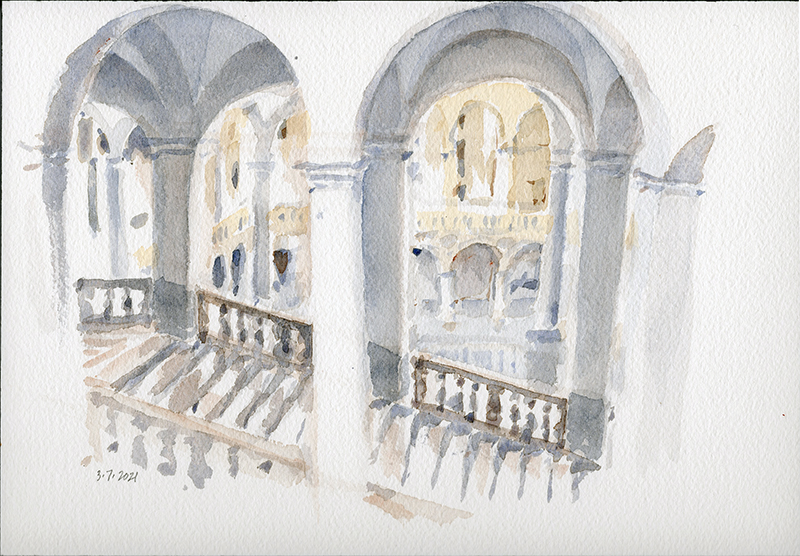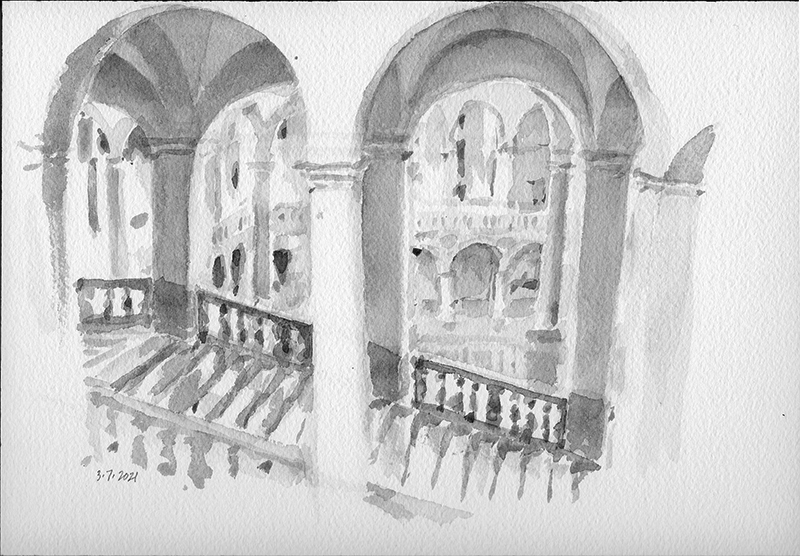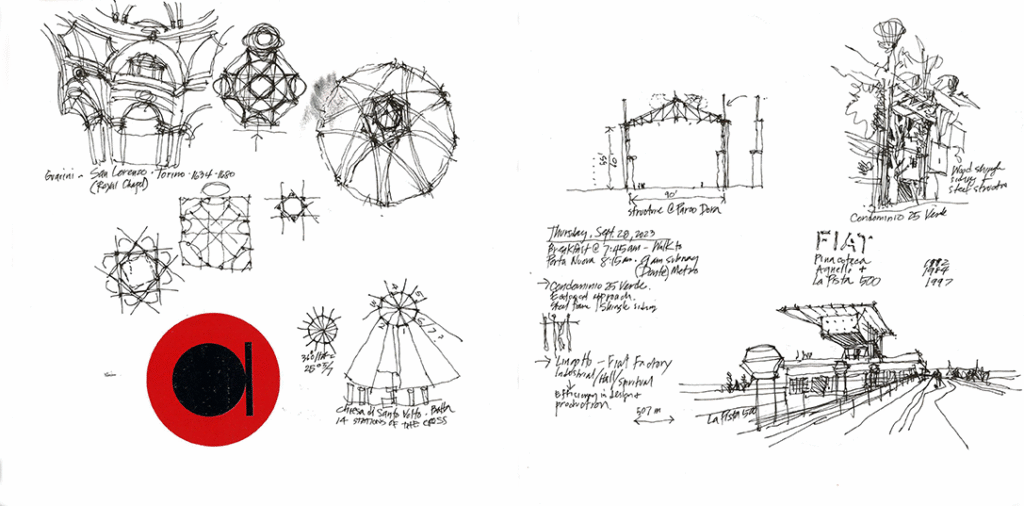
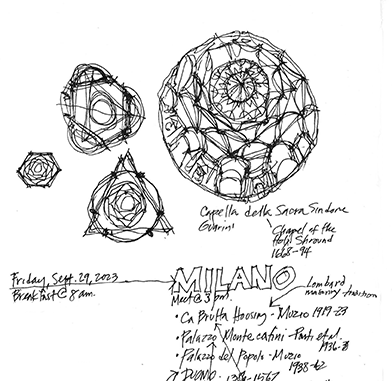
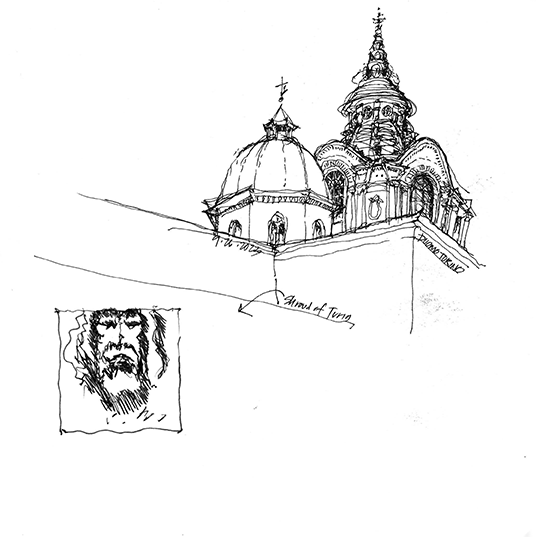
After a thoroughly enjoyable sojourn in Sicily, I departed for Torino, where I met up with faculty and students participating in the UW Architecture in Rome program. Unfortunately, I came down with Covid shortly after arriving in Torino but I managed to maintain a presence while recovering. Above are a few views of Torino, including a two-page spread that illustrates how I take notes, both verbal and graphic, while on day trips.
Until I returned home to Seattle, I did I not fully grasp how Covid had affected not only how I felt (tired) and my sense of taste, but also my ability to fully experience the joy of being in Rome once again.

